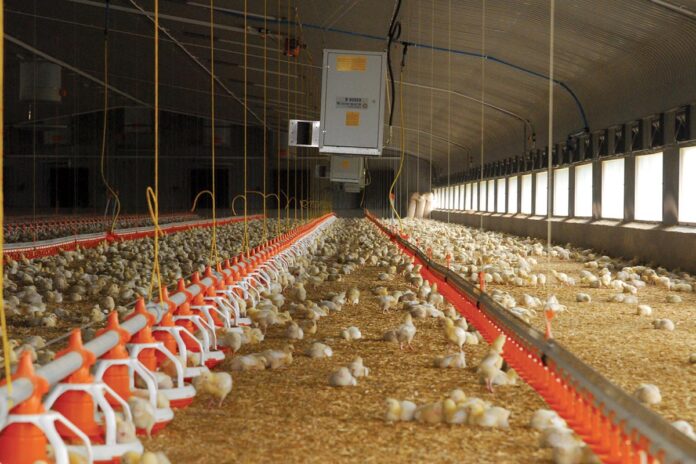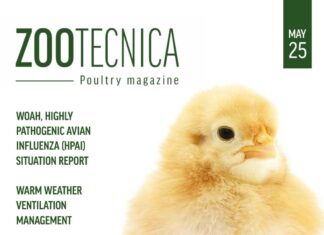
This presentation identifies challenges of emerging critically important antimicrobial resistance particularly from “reverse zoonosis” and “migratory birds” in Australia.
Introduction
Antimicrobial resistance (AMR) is one of the most prominent health and biosecurity issues affecting animals and humans in modern society. Owing to the complex biology whereby AMR can develop and be harboured in a multitude of host animal species and the environment, it is arguably the biosecurity issue that best epitomises the need for a One Health approach to management.
In recent decades, we have seen the emergence of critically important antimicrobial (CIA)- resistant E. coli and Salmonella in livestock production systems in Asia, Europe and North America. This predominantly includes resistance to drugs such as fluoroquinolones (FQs) and extended spectrum cephalosporins (ESCs) amongst isolates from pigs, poultry and cattle. Resistance to critically important antimicrobials (CIAs) amongst Enterobacteriaceae is shaping up as a key risk for livestock producers, particularly when it involves organisms with the potential to colonise humans, cause disease in humans or both. Internationally, there are growing calls for closer scrutiny of the pathways by which humans might be exposed to sources of CIA from animals. Outside of Australia, the emergence in livestock of bacteria resistant to CIAs, particularly those which are heavily relied on in human medicine (ESCs and FQs) has often been attributed to the routine use of such antimicrobials in livestock production systems.
Evidence accumulated over the last decade suggests that the ecology of AMR amongst E. coli and Salmonella isolated from Australian food-producing animals differs considerably to that observed in many other countries. This is attributable to Australia’s unique geography, quarantine restrictions and unique constraints governing the use of CIAs in food-producing animals. For example, in Australia FQs have never been registered for use in food-producing animals and label directives limit the administration of ESCs to only individual animals. Polymixins are only found in a single registered preparation that has low-level of use as a topical agent for ocular conditions. This multifaceted approach has been successful in minimizing the occurrence of CIA resistance among Gram-negative bacteria in food-producing animals.
Confirmation of the above status exists in the form of findings from cross-sectional studies that have demonstrated that Gram-negative bacteria obtained from Australian livestock have nil or low levels of resistance to a wide range of critically important antimicrobials. In addition, recent AMR surveys in poultry also revealed low levels of resistance among key indicator bacteria such as E. coli and Enterococci spp. and food borne pathogen Salmonella spp. To date, there are no reports of resistance to carbapenems and colistin amongst E. coli and Salmonella from Australian livestock, and resistance to FQs and ESCs has been observed at only very low frequencies in such isolates. Genomic analysis has revealed that these FQ- and ESC-resistant strains are very dissimilar to those previously observed in clinically ill humans in Australia but have previously been observed amongst humans and wild birds overseas. This provides grounds to suggest that the very few FQ- and ESC-resistant E. coli and Salmonella isolated from livestock in Australia are unlikely to have evolved locally but rather have been introduced into Australia from abroad, potentially via incursion mechanisms such as human carriers and/or wild birds.
CIA-resistant E. coli from Australian wild birds
More recently than the livestock studies above, we have reported the emergence of CIA- resistant E. coli among Australian seagulls. Following detection of the carriage of carbapenem resistance in E. coli, from a single, large, offshore seagull colony in New South Wales, a subsequent Australia- wide survey based on 562 faecal samples from six Australian states reported widespread occurrence of extended-spectrum cephalosporin (21.7%) and fluoroquinolone (23.8%) resistant E. coli. Comparative genomic characterisation revealed that gulls carry pandemic extraintestinal pathogenic E. coli -ST131 and globally emerging fluoroquinolone-resistant ST1193, both clones recognised as globally-distributed human pathogens. The rate of CIA-resistance among seagull E. coli was surprisingly high in a country where FQ and ESC resistant E. coli are typically rare or absent among food animals.
Another study further characterized the dynamics of drug-resistant E. coli in wildlife populations, where we investigated the carriage of critically important antimicrobial (CIA) drug-resistant E. coli in four bird species in a common environment. This study revealed that gulls (53%), little penguins (11%) and feral pigeons (11%) carried E. coli resistant to critically important antimicrobials. Genomic analysis also confirmed that these are human associated E. coli strains and genetic analysis of antimicrobial resistance genes indicated interspecies resistance transfer. Terns, representing a bird species that forages on natural food sources at sea and distant from humans, did not test positive for drug-resistant E. coli. This study demonstrates carriage of CIA-resistant bacteria in multiple bird species living in areas commonly frequented by humans.
The carriage of diverse human associated CIA-resistant E. coli clones among seagulls and urban birds indicates that urban and peri-urban scavenging birds can indiscriminately accumulate and disseminate CIA-resistant bacteria of anthropogenic origins. These studies uniquely establish that Australian Silver Gulls and other urban birds are carriers of virulent CIA-resistant human-associated pathogenic E. coli clones. The carriage of diverse CIA-resistant E. coli clones, that strongly resemble pathogenic clones from humans, suggests that seagulls can act as ecological sponges indiscriminately accumulating and disseminating CIA-resistant bacteria over vast distances.
The public health and animal health implications are yet to be determined; however, it is possible that both human and potentially livestock are likely to be exposed to pathogenic CIA-resistant E. coli from a wide range of other species including ducks and ibis that share ecological niches with scavenging birds.
The “reverse zoonosis” and “migratory bird” hypotheses represent important scientific challenges. The potential exists for these pathways to result in permanent colonisation of livestock systems with organisms carrying potent resistance determinants that undergo proliferation due to the use of first-line antimicrobials registered for use in livestock such as tetracyclines, through a phenomenon known as co-selection due to the carriage of multi-drug resistant genomic elements.
References are available on request
From the Proceedings of the Australian Poultry Science Symposium 2021

















